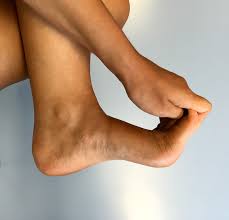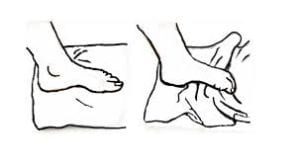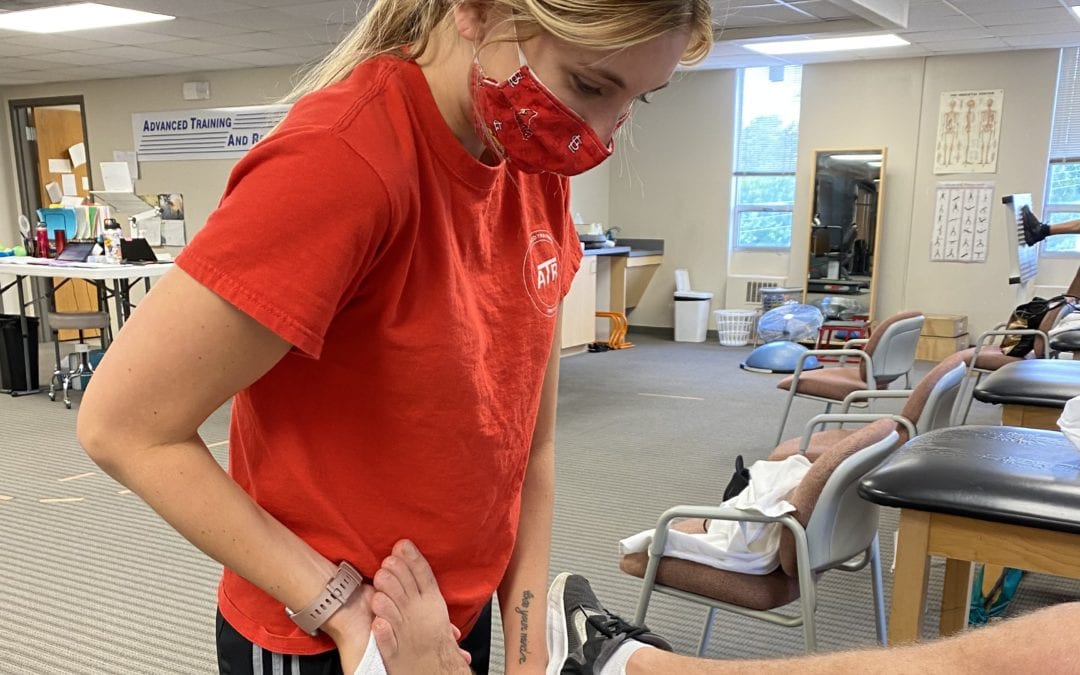What is Plantar Fasciitis?
Plantar Fasciitis is when the band of tissue connecting your heel bone to your toes becomes inflamed. It is commonly noticed first thing in the morning when getting out of bed and causes sharp pain with the first few steps you take. The pain may diminish with walking, but usually returns later with prolonged standing and increased activity.
Symptoms of Plantar Fasciitis
Pain with walking after sitting or lying down, usually in the morning after you first wake up. Pain is likely to increase after long periods of walking or with increased physical activity. Pain is usually located toward your heel on the bottom of your foot.
When Should You See a Specialist?
If pain last more than 1-2 weeks and does not subside with conservative measures, seeing a specialist would help diagnose the problem in order to explore treatment options.
Acute Treatment
When going through an acute flare up of plantar fasciitis, there are several options to help control pain.
– Apply ice around your foot to help with swelling and soreness
– Take ibuprofen (Advil) or Aleve or any other NSAIDs to ease the pain and
inflammation (be sure to consult with your MD before taking any medication)
– Rest or more low impact activities (such as swimming or cycling instead of running)
– Be sure to have proper support with your shoes
– Stretching and strengthening exercises to improve flexibility and strength (examples
below)
Plantar Fascia Rolling
– While seated, roll a frozen water bottle (or foam roller) back and forth with your
foot for 1-2 minutes on each foot.

Plantar Fascia / Calf Stretching
(1) While seated, cross one leg over the other. Grab your big toe and pull toward
you holding for 10 seconds. Perform 10 times on each foot.
(2) Standing about 3 feet from the wall, place your left foot behind you. Slowly bend
your right leg forward, keeping your left knee straight and left heel on the ground.
Hold for 10 seconds and repeat 10 times. Repeat on opposite leg.


Strengthening the Plantar Fascia and Muscles of the Foot
– While seated, place a towel underneath your foot. Attempt to scrunch the towel
with your toes for 2 minutes on each foot.
Can Physical Therapy help?
YES! Once you have talked with your doctor and received a diagnosis of plantar fasciitis, your physical therapist can design an individualized treatment program specific to your goals. Physical therapy can help improve the range of motion and flexibility of your foot as well as increase the strength of the surrounding muscles. Improving the strength of the muscles in your entire leg can benefit by helping to decrease the stress in the foot during weight bearing activities.
Author: Thomas Aufdenburg, PTA and Jordan Nutt, PT DPT




